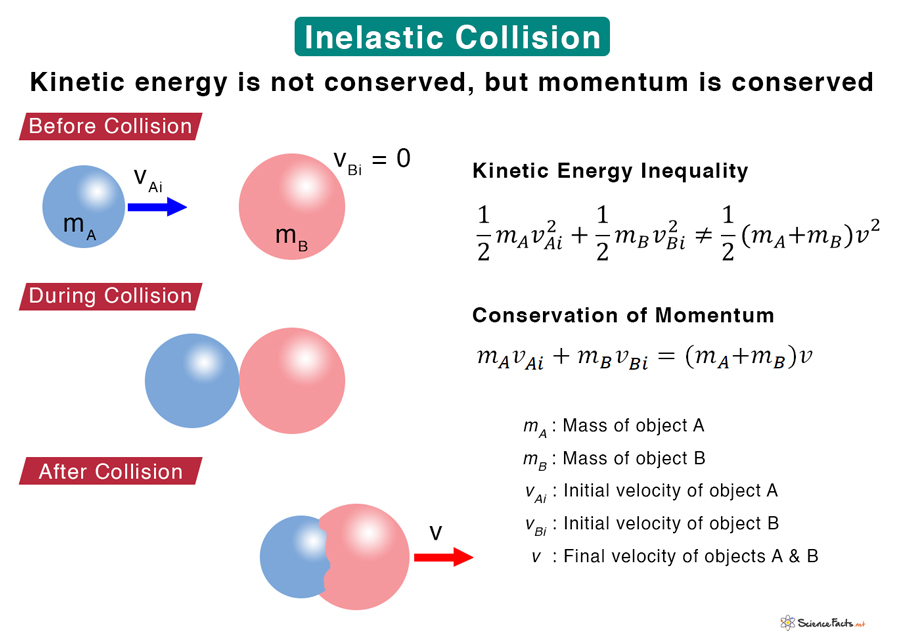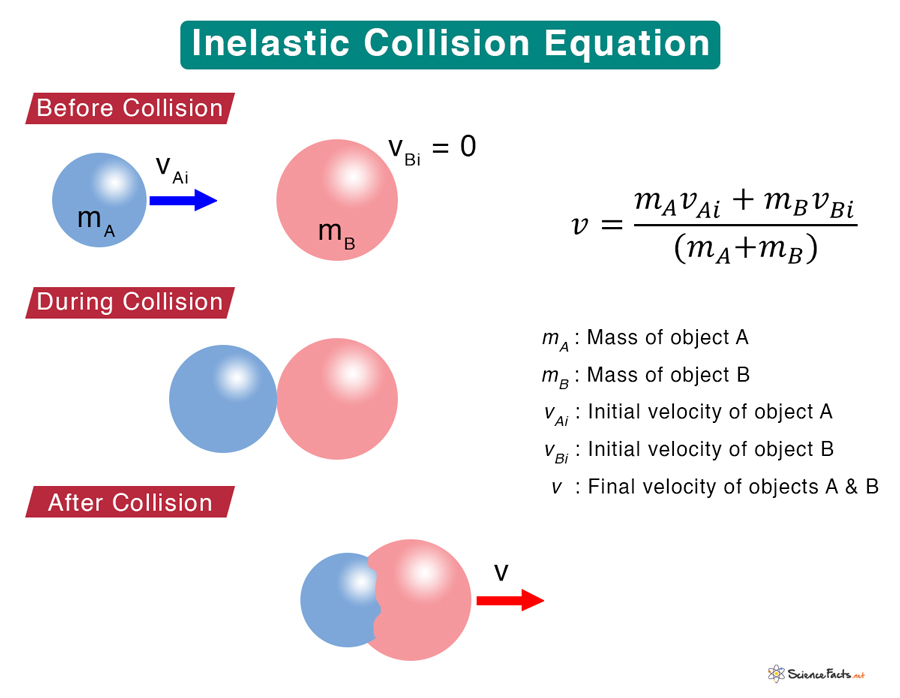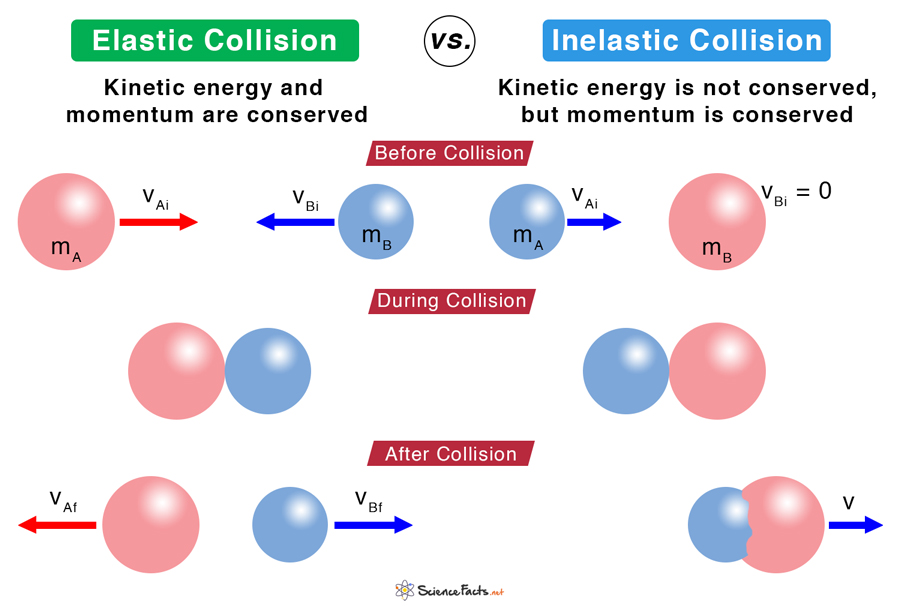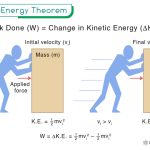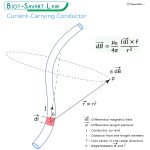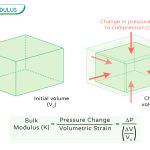Inelastic Collision
What is Inelastic Collision
An inelastic collision is a collision in which the kinetic energy of the colliding objects is not conserved. In other words, the total kinetic energy before the collision is not equal to the total kinetic energy after the collision. It is converted into dissipative energy like sound, heat, or friction. For example, when a tennis ball is released from a height, it bounces to a lower height. The reason is that some of its kinetic energy is lost due to sound and friction with the ground.
A perfectly inelastic collision, also known as a completely inelastic collision, loses the maximum amount of kinetic energy. In such a situation, objects stick together after the collision. For example, when a ball made out of mud is thrown at a wall, it sticks to it. In an inelastic collision, momentum is conserved. It means that the total momentum before the collision is the same as after.
Characteristics and Properties
In an inelastic collision:
- Total momentum remains the same before and after the collision
- Total kinetic energy does not remain the same before and after collision
- Kinetic energy is lost due to dissipative factors like sound, friction, and heat
- Objects may deform or dent or even stick together
Examples
- Dropping clay ball: When a clay ball is dropped, it does not bounce. Instead, it sticks to the ground.
- Car crash: When two cars collide, they deform and change speed and direction. When a car hits a tree or lamppost, it comes to a stop.
- Ballistic pendulum: It is a device used to measure a bullet’s momentum. The bullet collides with a pendulum and is embedded in a block. After the collision, the bullet and the block swing together.
Equations
Suppose an object of mass mA moving with velocity vA collides with another object with mass mB moving with velocity vB. The two objects stick together after the collision and move with a common velocity v. From conservation of momentum, we have
The above equation gives the common velocity of the objects after the inelastic collision.
Elastic and Inelastic Collisions
Both elastic and inelastic collisions are types of collisions that conserve momentum. The following table gives the differences between the two.
| Elastic Collision | Inelastic Collision | |
|---|---|---|
| Definition | A collision where momentum and kinetic energy are conserved | A collision where momentum is conserved, but kinetic energy is not conserved |
| Kinetic Energy | It remains the same before and after the collision | It does not remain the same before and after the collision. Some energy is lost due to sound, heat, and friction |
| Physical change | Highly unlikely | Most collisions result in deformation or dent |
| Examples | Newton’s cradle and collision between atoms | Ballistic pendulum and collision between cars |
Coefficient of Restitution
The coefficient of restitution (CR) is the ratio between the final and the initial velocities of an object undergoing collision. It takes a value between 0 and 1, with 0 meaning a perfectly inelastic collision and 1 being perfectly elastic. The following equation gives the value.
The coefficient of restitution of a golf ball on a steel surface is 0.9, and a billiard ball can be up to 0.98.
Problems and Solutions
Problem: A 2500 kg truck traveling at 60 km/hr strikes a stationary 1500 kg car, locking the two vehicles together.
a) What is the final velocity of the two vehicles in m/s?
b) How much of the initial kinetic energy is lost to the collision?
Solution:
Given,
mA = 2500 kg
mB = 1500 kg
vA = 60 km/hr = 60 km x 1000 m/km/(1 hr x 3600 s/hr) = 16.67 m/s
vB = 0
a) The combined velocity is given by,
v = (mAvA + mBvB)/(mA + mB)
Or, v = (2500 kg x 16.67 m/s + 1500 kg x 0)/(2500 kg + 1500 kg)
Or, v = 10.42 m/s
b) Kinetic energy before collision
(K.E.)i = ½ mAvA2 + ½ mBvB2 = ½ x 2500 kg x (16.67 m/s)2 + 0 = 347361 J
Kinetic energy after collision
(K.E.)f = ½ (mA + mB)v2 = ½ x (2500 kg + 1500 kg) x (16.67 m/s)2 = 217152 J
Therefore, fraction of energy lost is
1 – (K.E.)f/(K.E.)I = 217152 J/347361 J = 0.38
FAQs
Ans. An explosion is a perfectly inelastic collision which is reversed. Here, momentum is conserved, but the kinetic energy increases.
-
References
Article was last reviewed on Saturday, September 30, 2023

